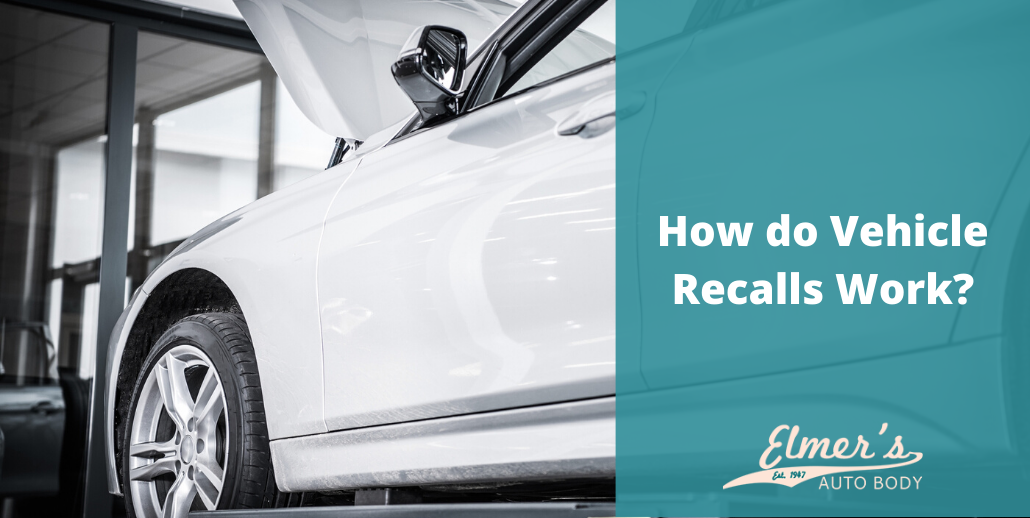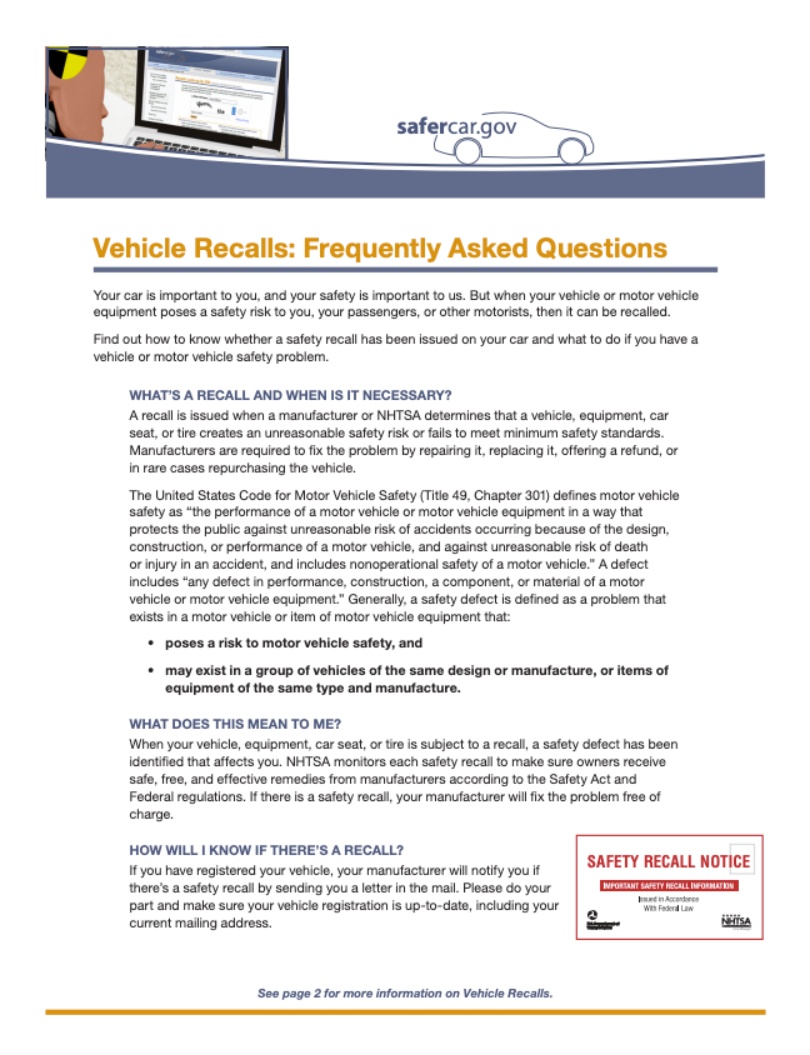You saw it on the news or in a consumer-related report that a recall was in the works or you may know a friend or relative who received a recall notice for one of their vehicles. Besides recalls for cars, trucks, SUV’s and other vehicle related items, there are recalls for things like baby carriers, food products, toys and hundreds of other products that affect consumers worldwide.
Recall Awareness
Most anyone is pretty much aware of all the recalls that occur on a fairly regular basis. Usually the focus is on consumables, but vehicles are as much of a concern, especially when newer ones seem to experience ongoing problems. Maybe you’re wondering just what happens with vehicle recalls. If you have, here is a rundown on how vehicle recalls came about and how they work.
Vehicle Recall History
In the initial stages, recalls were associated with safety issues. In 1966, the National Traffic and Motor Vehicle Safety Act established standards concerning vehicle safety. Vehicle related recalls quickly became an ongoing occurrence. Within a few years, the auto industry issued recalls for millions of vehicles. Fifty-plus years later, recalls continue to soar into the billions.
Today, issuing of recalls is usually through the automaker or the National Highway Traffic Safety Administration. Vehicle manufacturers are the ones issuing recalls, but the NHTSA will intervene. Issuing recalls by car manufacturers is the preferred action as it allows them to resolve any vehicle recall related problems in a more immediate and direct fashion. If an auto manufacturer and the NHTSA aren’t able to come to terms on a recall, court decisions will determine any outcomes. The recall process can also come through individuals who work on vehicles or own their own that display noticeable defects. Consumers can contact the NHTSA themselves and report their concerns directly to the agency.
What is a Vehicle Recall
A recall means that a federal safety violation or a major defect was found with a vehicle that could cause a critical safety situation, faulty equipment operation or a related problem. It could be anything from a stuck gas pedal to an easily triggered airbag. Anything that causes a major dysfunction and safety concern with a vehicle could be a reason for a recall. Whatever the issue, any recall effort requires thorough investigation, testing and collection of data to determine whether a true problem exists.
Notification of a Recall
Should your vehicle be a part of a recall, the notification process will come as a letter through your vehicle’s manufacturer. It will arrive within a 60-day period from the filing of the recall with the National Highway Transportation Administration (NHTSA). The letter will provide the following information:
- Description of the defect
- Risks, warnings and problems if the defect is not unresolved
- Manufacturer’s plan to fix the defect
- Time frame for the repair of the defect
- Guidelines to follow that assure the repair process
- Other followup instructions
If you fail to receive the letter, you can still go through the repair process. To determine eligibility, search the recall database listed on the NHTSA internet site. Regularly check the site for updates on vehicle recalls to determine whether yours is on the list. Check this listing at least once during a 6-month’s period.
Your Options with a Recall Notification
If you receive a recall notification for your vehicle, your options include:
- Repairing of issue through a dealership that represents the car manufacturer
- Replacing the vehicle with a comparable model
- Refunding of the vehicle’s price minus any depreciation
Repairing a recall issue will be the least costly and most appropriate for the situation. They will only use the other two options should the problem go beyond the repairable stage.
Payment Process
If your vehicle is on a recall list, they will repair any recall related defects or damages free; however, any recall work will go through an authorized automobile dealer for the manufacturer. To avoid problems, make sure you bring your recall notification letter to the dealership. If charges happen, speak with the dealership’s management, verify your letter and provide other pertinent information. Should problems continue, contact the manufacturer through the number provided in the recall notification letter. If that action fails, call or write the NHTSA directly and report your issue to them. They should be able to resolve any problems and provide you with detailed information regarding car recalls.
If you are unsure whether your vehicle is on a recall list and want to know more about the general process, complete the online contact form and a representative will get back to you with the information you need concerning how vehicle recalls work.


